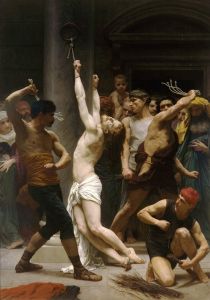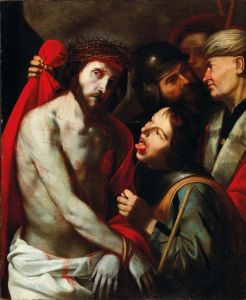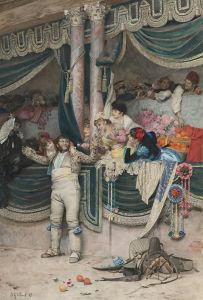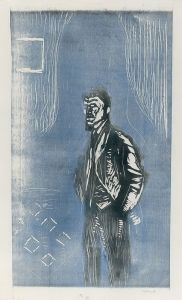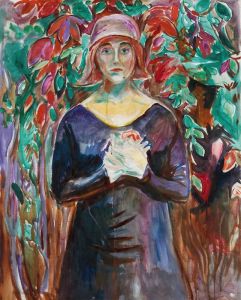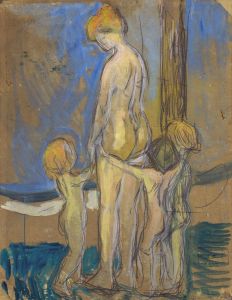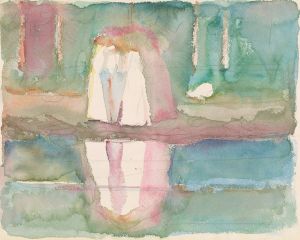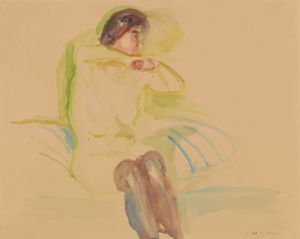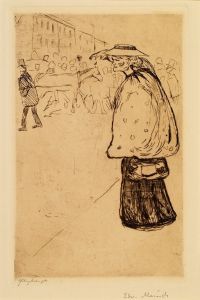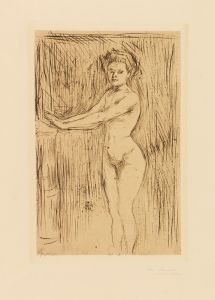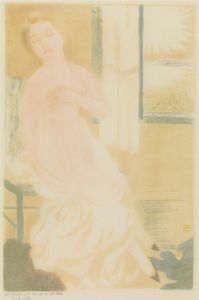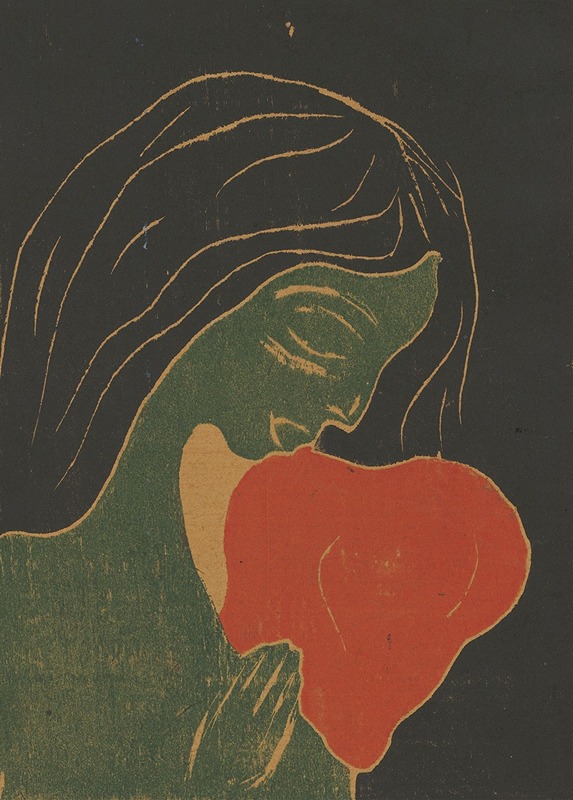
Das Herz
A hand-painted replica of Edvard Munch’s masterpiece Das Herz, meticulously crafted by professional artists to capture the true essence of the original. Each piece is created with museum-quality canvas and rare mineral pigments, carefully painted by experienced artists with delicate brushstrokes and rich, layered colors to perfectly recreate the texture of the original artwork. Unlike machine-printed reproductions, this hand-painted version brings the painting to life, infused with the artist’s emotions and skill in every stroke. Whether for personal collection or home decoration, it instantly elevates the artistic atmosphere of any space.
"Das Herz" (The Heart) is a painting by the Norwegian artist Edvard Munch, who is widely known for his evocative and emotional works that often explore themes of existential angst, love, and death. Munch, born on December 12, 1863, in Loten, Norway, is perhaps best known for his iconic work "The Scream," but his extensive oeuvre includes many other significant pieces that have contributed to his reputation as a pioneer of Expressionism.
"Das Herz" was created during a period when Munch was deeply engaged in exploring the human psyche and the complexities of emotional experiences. This painting, like many of Munch's works, reflects his interest in the symbolic representation of inner turmoil and the human condition. Munch's style is characterized by bold colors, dramatic compositions, and a focus on conveying emotional intensity.
The painting depicts a heart, which is a recurring motif in Munch's work, symbolizing both the physical organ and the emotional core of human experience. The heart in "Das Herz" is rendered in a way that emphasizes its vulnerability and the pain associated with love and loss. Munch's use of color and form in this piece is intended to evoke a visceral response from the viewer, drawing them into the emotional landscape he has created.
Munch's personal life and experiences had a profound impact on his art. He faced numerous hardships, including the early death of his mother and sister, which left a lasting impression on him and influenced his thematic focus on suffering and mortality. These personal tragedies are often reflected in his work, imbuing it with a sense of melancholy and introspection.
"Das Herz" is part of Munch's broader exploration of human emotions and relationships. His works often depict scenes of love, anxiety, and despair, capturing the complexities of human existence. Munch's innovative approach to these themes has made him a key figure in the development of modern art, influencing subsequent generations of artists.
Throughout his career, Munch's work was met with both acclaim and controversy. His bold, unconventional style and the intense emotional content of his paintings challenged traditional artistic norms and provoked strong reactions from critics and audiences alike. Despite this, Munch remained committed to his vision, continuing to produce powerful and thought-provoking art until his death on January 23, 1944.
Today, Edvard Munch's paintings, including "Das Herz," are celebrated for their profound emotional depth and their contribution to the Expressionist movement. His work is housed in major museums and collections around the world, and he is remembered as one of the most important and influential artists of the late 19th and early 20th centuries.





